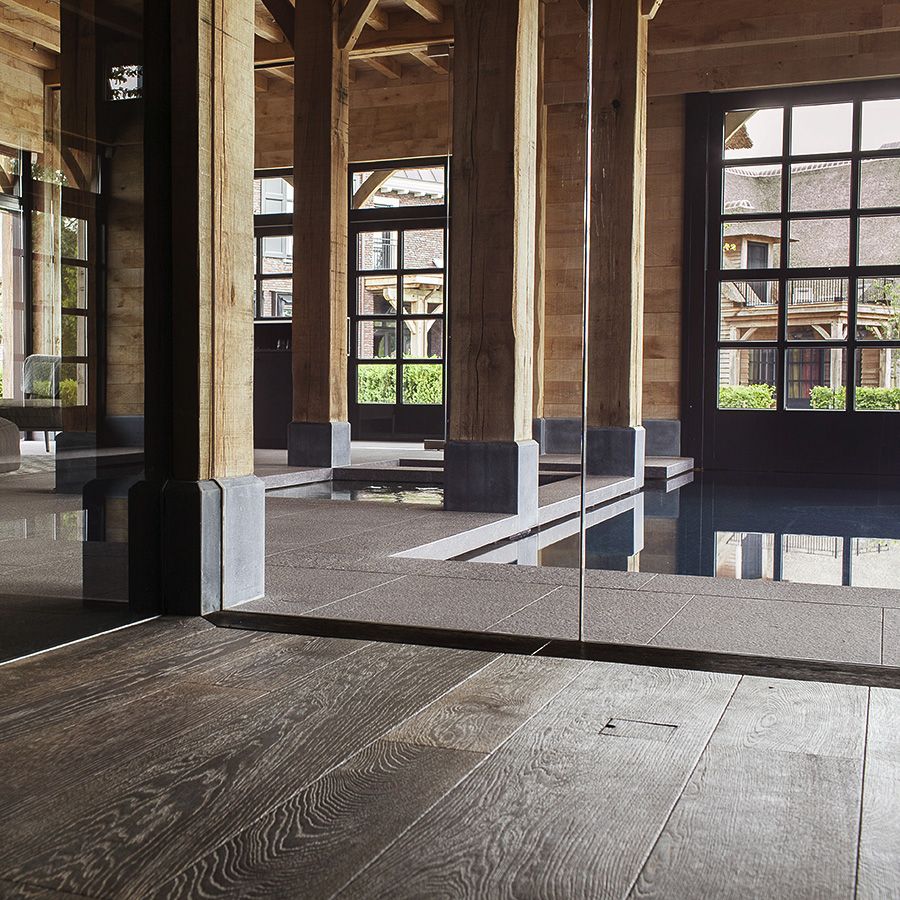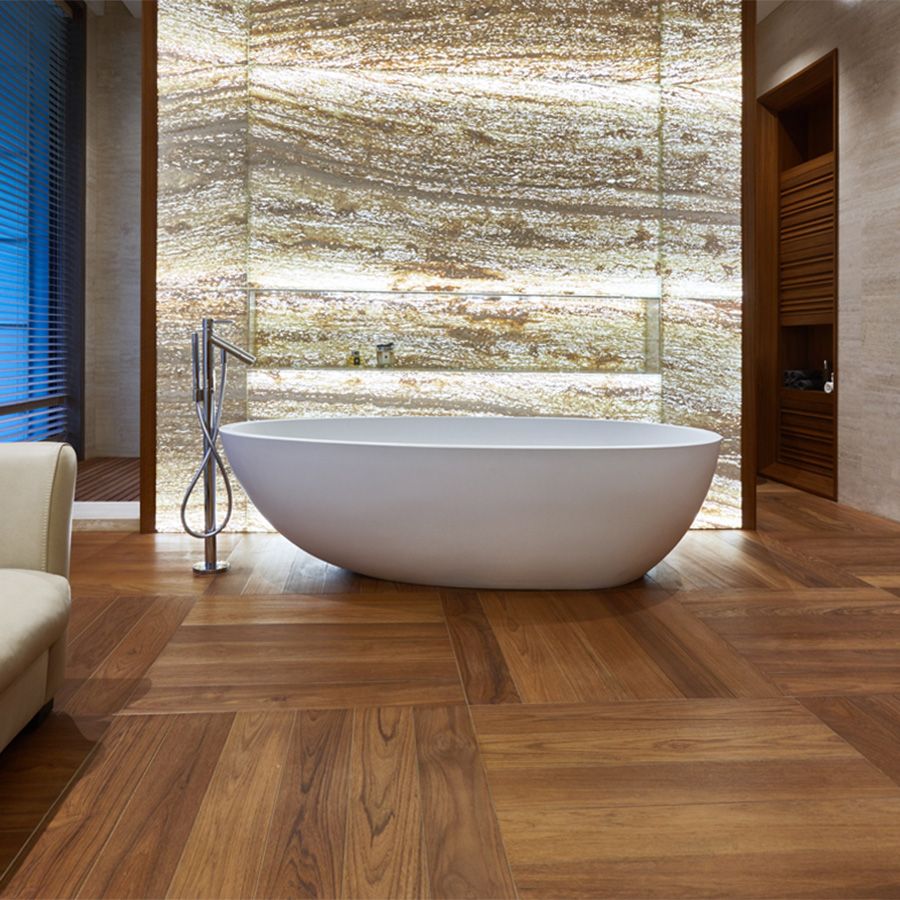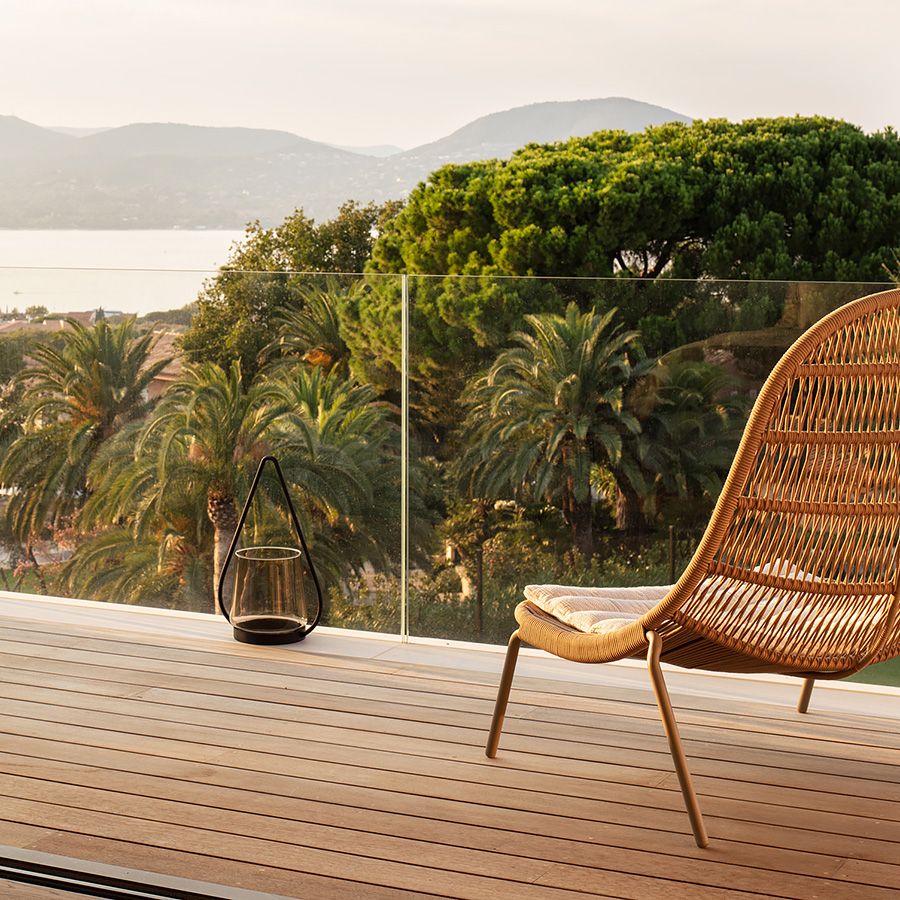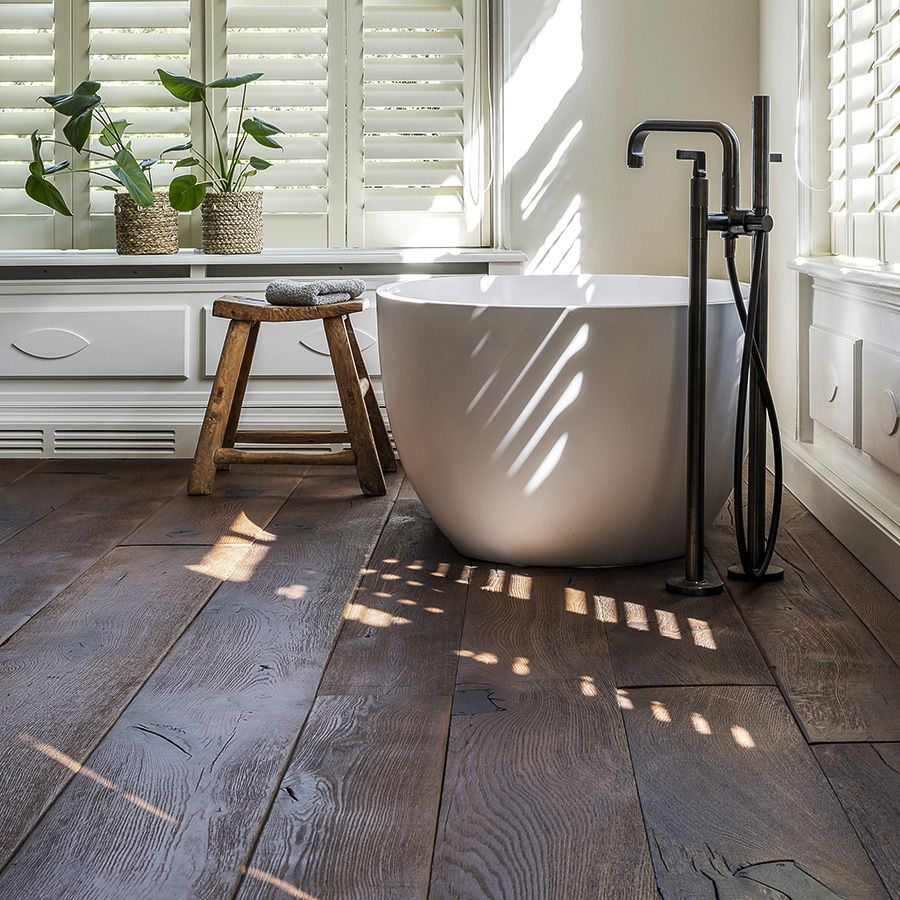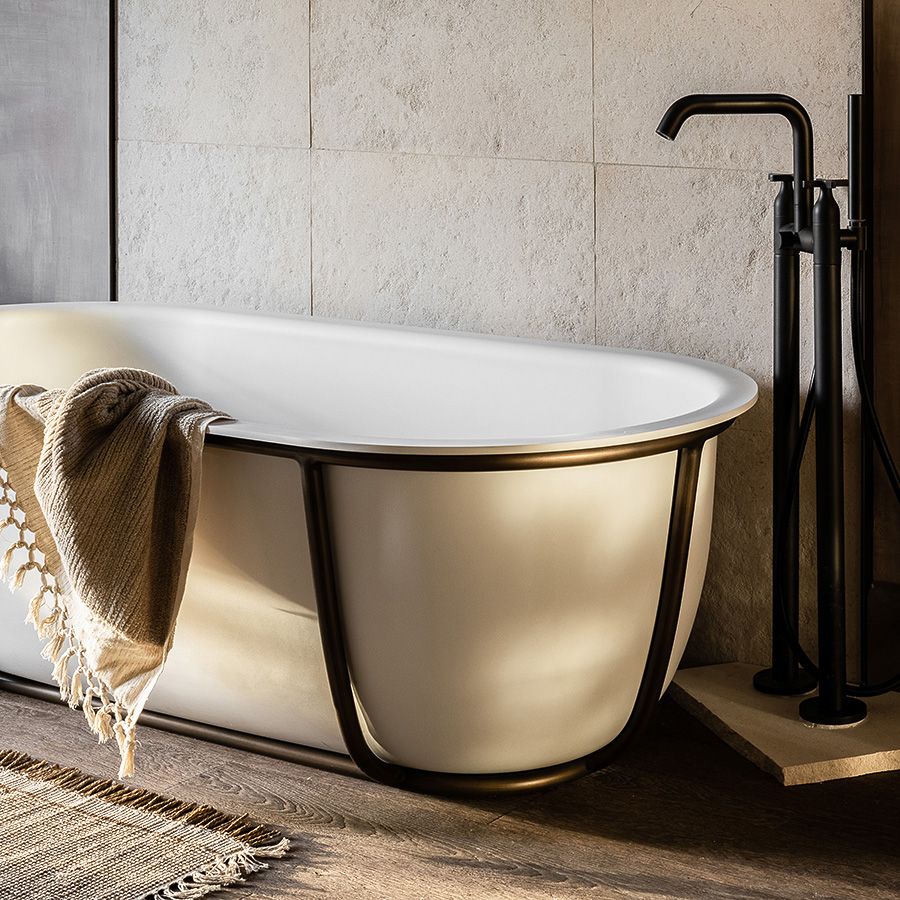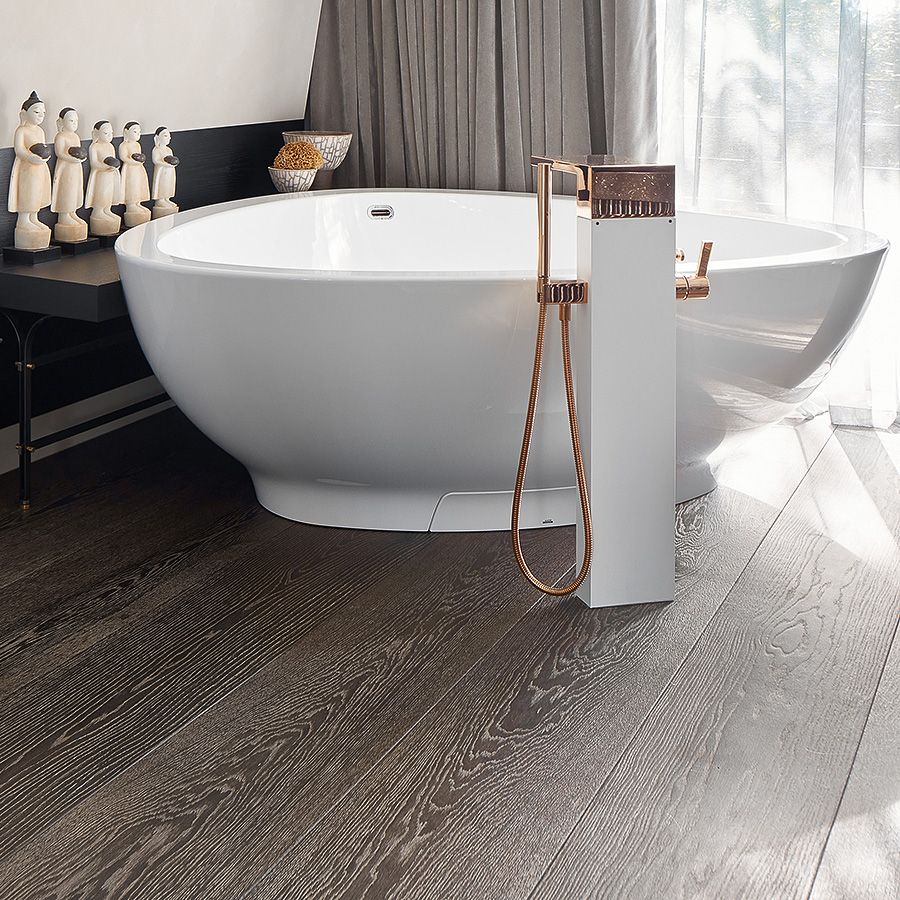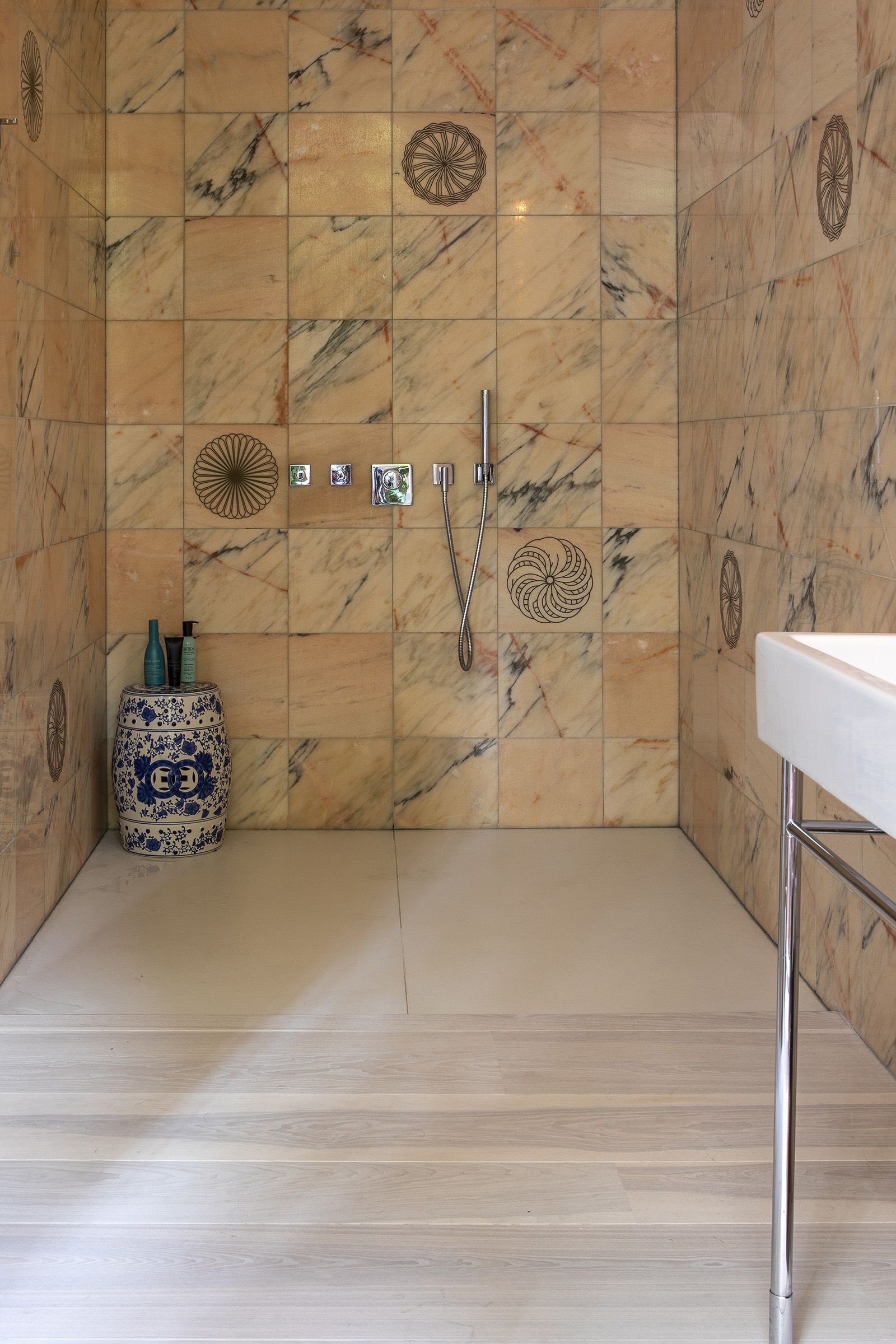Elements in dance: Wood in wet areas
The embrace of wood in these water-bound spaces doesn't challenge tradition, but rather testifies to wood's adaptability and ageless beauty. It's a venture into the exciting realm of possibilities when we allow nature, in all its forms, to shape our living spaces.
The timeless dance of wood and water: An unexpected pairing
One might typically associate the harmonious relationship between wood and water with serene vistas of wooden cabins tucked away on peaceful lake shores. However, it's within the boundaries of our indoor sanctuaries - bathrooms, spas, and pool areas - where this unlikely pairing has discreetly found a home. The tale of wood's incursion into traditionally damp areas is a masterful choreography of meticulous planning, steadfast care, and a compelling aesthetic resulting from this unique fusion of wood and water.
Today, engineered hardwood flooring has redefined the rules, allowing the warmth and sophistication of wood to grace bathrooms, spas, and pool areas. Engineered wood, made by bonding a wood veneer to plywood, brings a heightened stability in wet environments. Its superiority lies in its multi-layered construction, ingeniously designed to enhance stability. Solid flooring remains the chosen option for very wet areas such as decks or poolsides, following the special contemporary methods for decking.
A labour of love: Caring for your wood in wet areas
While the charm of wood in wet areas is compelling, the key to its successful implementation is diligent care. Preventing water from lingering on the surface and ensuring adequate ventilation for moisture evaporation is critical, regardless of whether it's a bathroom, spa, or pool area.
Your chosen finish - lacquer, poly, or hardwax - also plays a pivotal role in safeguarding the wood. Regular applications of oil soap can bolster the wood's longevity and enhance its natural appeal.
Ultimately, the harmonious alliance between wood and water can be strikingly beautiful when executed with the right materials, a thoughtful approach, and consistent care. From the exotic charisma of African Mahogany or Teak decking in high-risk areas to the understated sophistication of Continental Oak in lower-risk zones, the integration of wood in wet areas isn't merely achievable - it's truly transformative.
The evolution of wood in wet spaces: From ancient to modern
In ancient civilizations, such as the Greeks and Romans, wet spaces predominantly featured stone and tile due to their durability and wood's perceived vulnerability to moisture. The narrative began to evolve during the 18th and 19th centuries when affluent households started introducing hardwood flooring into more and more areas of the house, all carefully treated with protective barriers and varnishes to ward off water damage, while homes became better heated and better insulated.
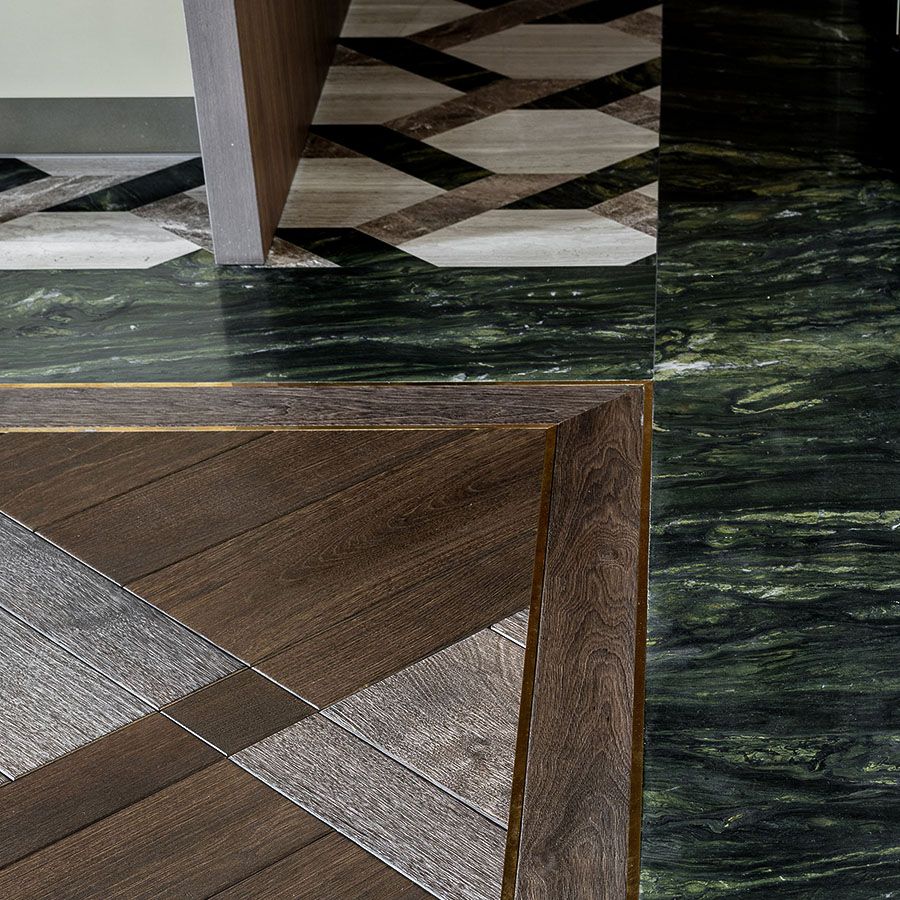
In particularly damp areas like steam baths, using resistant woods like Antique, imbued with natural oils that resist water, is advisable. Incorporating rubber joints between planks can also be beneficial in preventing water intrusion. A stone border around the wooden area aids in maintaining a protective barrier from water edges.
The aesthetic appeal: Wood in wet environments
Wood, with its detailed grain patterns and earthy warmth, instils a calming continuity within any room. Contemplate the aesthetic potential: transitioning from the hardwood flooring of your bedroom to a bathroom that extends the same timber texture, creating a seamless flow of natural design. This not only achieves a visual unity but also delivers a comforting, organic sensation underfoot.
Incorporating wood in wet areas accentuates the beauty of natural stains and time-worn woods. It embodies your design ethos, whether you're cherishing the history embedded in antique wood or admiring the sleek minimalism of contemporary engineered planks. The design scope is truly limitless.
